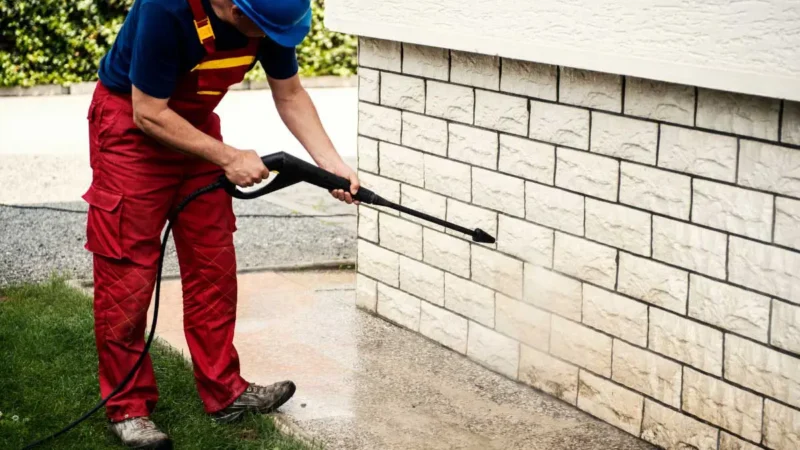Everything You Should Know About Roof Ventilation

It’s easy to forget that your roof needs maintenance, repairs or replacements, but what people forget even more frequently is that Roof Repair ventilation needs attention.
Many people focus on the roof’s capacity for shelter and insulation, which are, of course, super important. But neglecting roof ventilation can have some severe and expensive consequences.
Moisture
Built-up moisture can happen over a long period of time, or overnight, depending on the causes. There are several things that can cause moisture to collect in your roof.
Showers, baths, drying clothes and cooking can all produce excess amounts of condensation and water vapor. Because heat rises, your roof is often the last destination for moisture particles.
If your roof were to be properly ventilated, these particles could escape, leaving your roof dry and unharmed.
Harsh weather can also impact the amount of moisture in the roof. If your roof is sturdy and well-maintained, the majority of rainwater should stay on the outside. However, it is not uncommon for the odd drop to seep through.
Over time, these drops can mount up to large amounts of moisture that can do serious damage to your roof and its structures.
Impacts of Improper Roof Ventilation
If your roof does not have a working ventilation system, built-up moisture can have some serious impacts that don’t just affect your roof.
Moisture can cause damage to the structures of your roof and, if you’re not careful, the foundations of your house. It can cause rotting in wood and can encourage damp throughout the house.
Dampness can lead to more severe issues:
- Mold growth
- Uneven walls
- Damages paint, plaster and wallpaper
- Leads to increased health problems, especially skin and respiratory issues
How Does Ventilation Work?
Ventilation works by allowing air to circulate throughout your loft, preventing it from settling and causing a build-up of moisture.
There are two types of natural ventilation: the stack effect and the wind effect.
- The stack effect is the movement of air in and out of buildings through windows or openings.
- The wind effect relies on cool air from outside coming in through an opening and creating air circulation inside. This also forces warmer indoor air outside.
While you should be careful of openings in your roof in order to prevent leaks, ventilation openings can be purposefully built to ensure air circulation in your loft.

